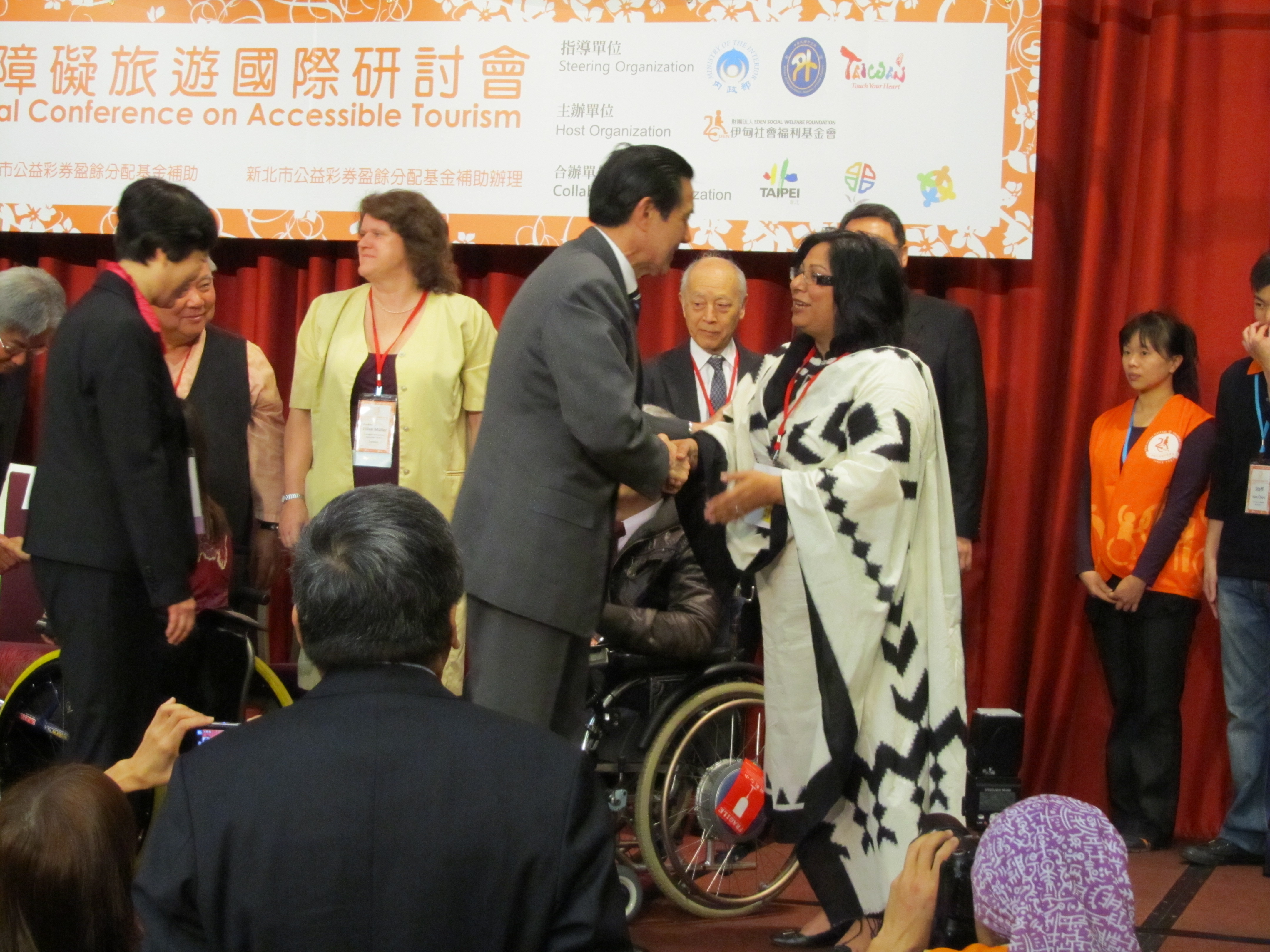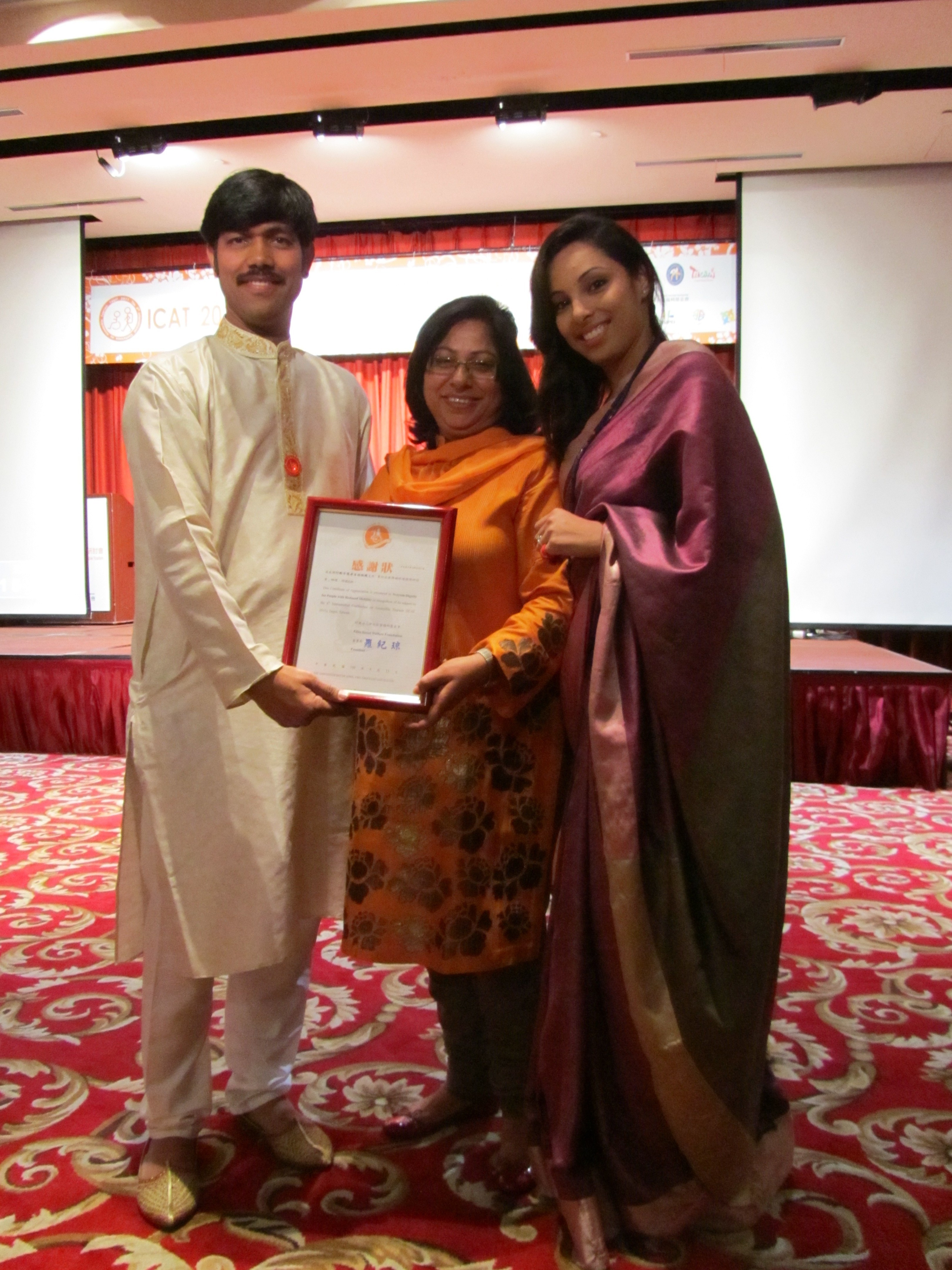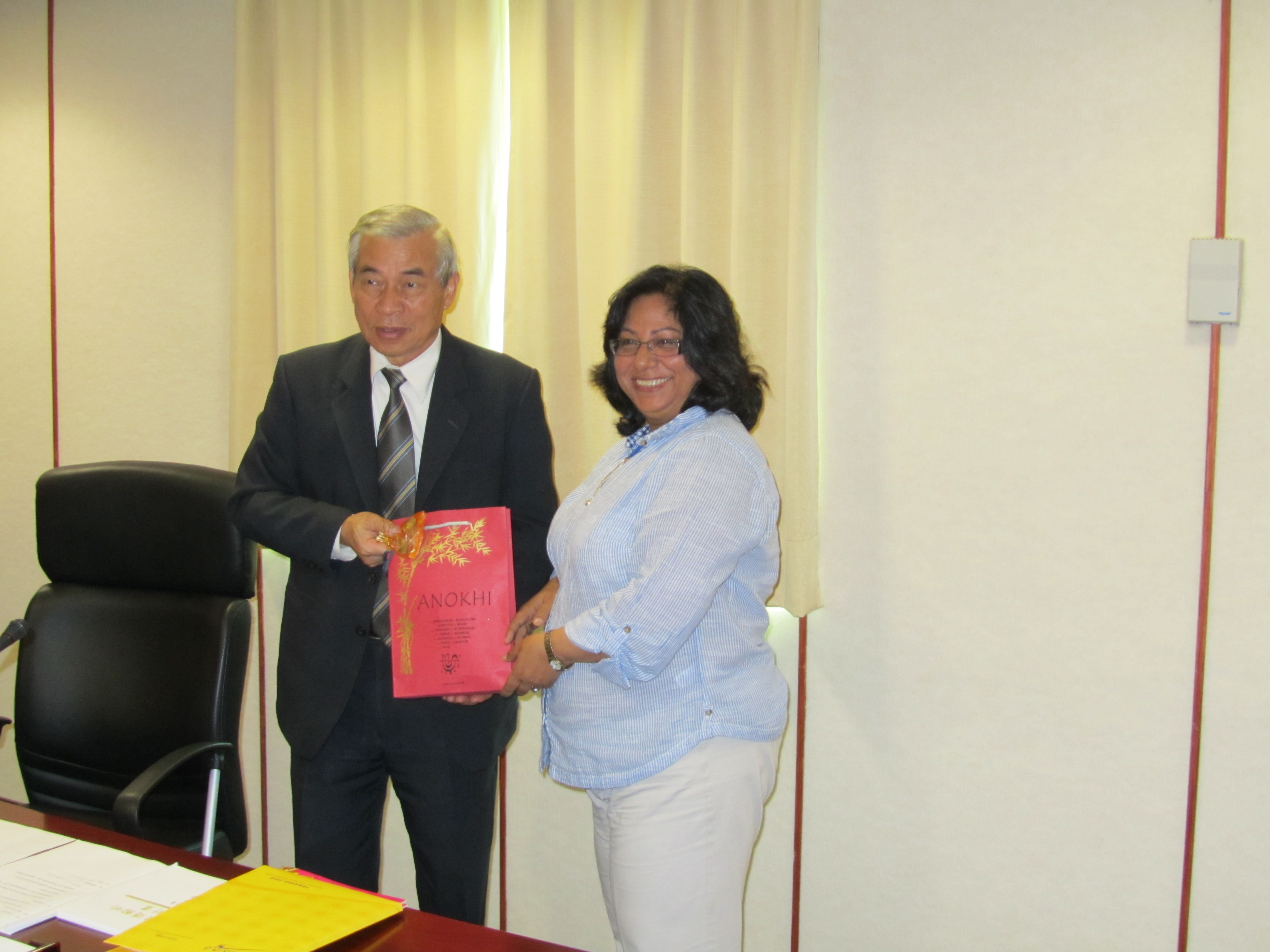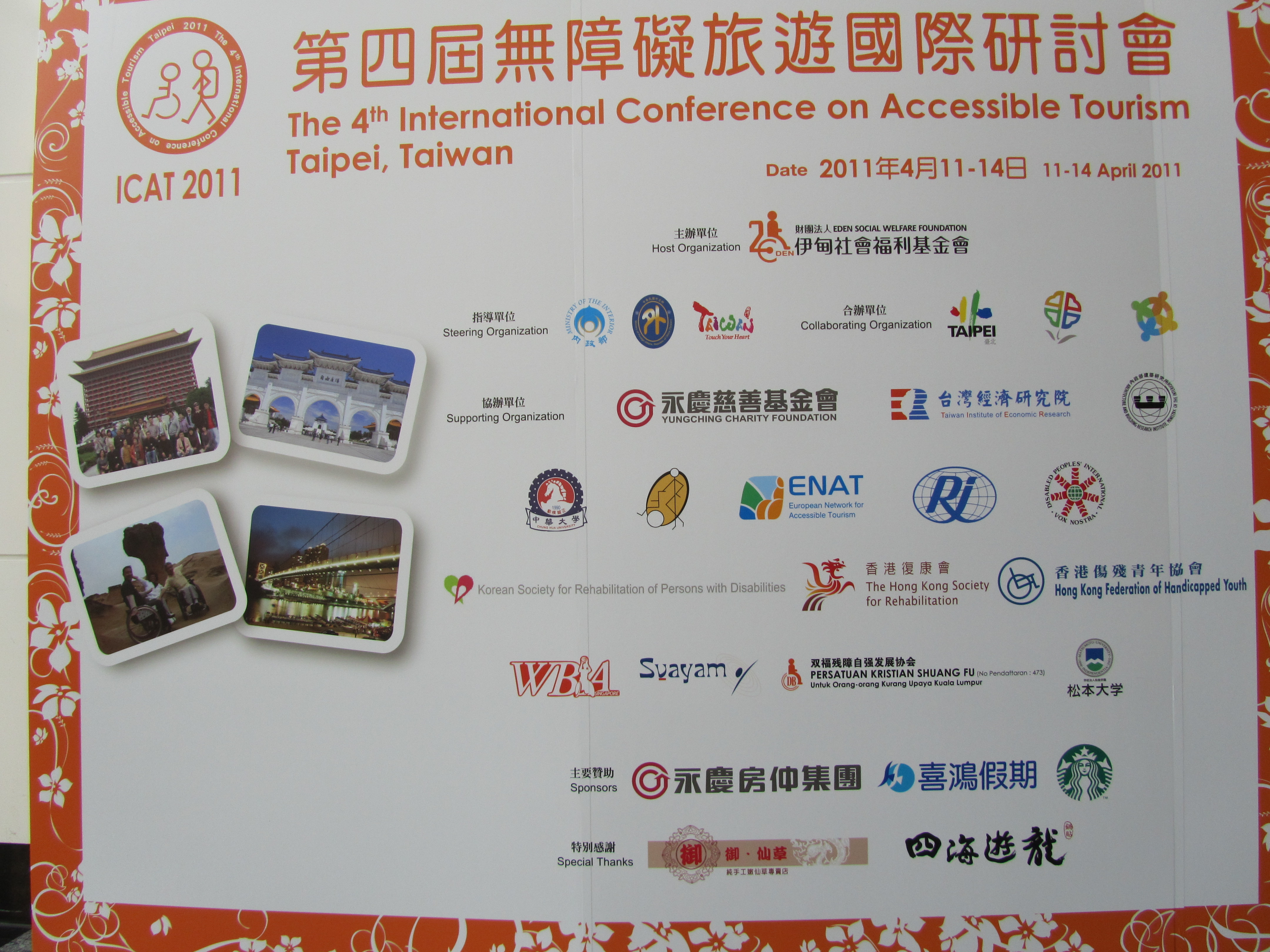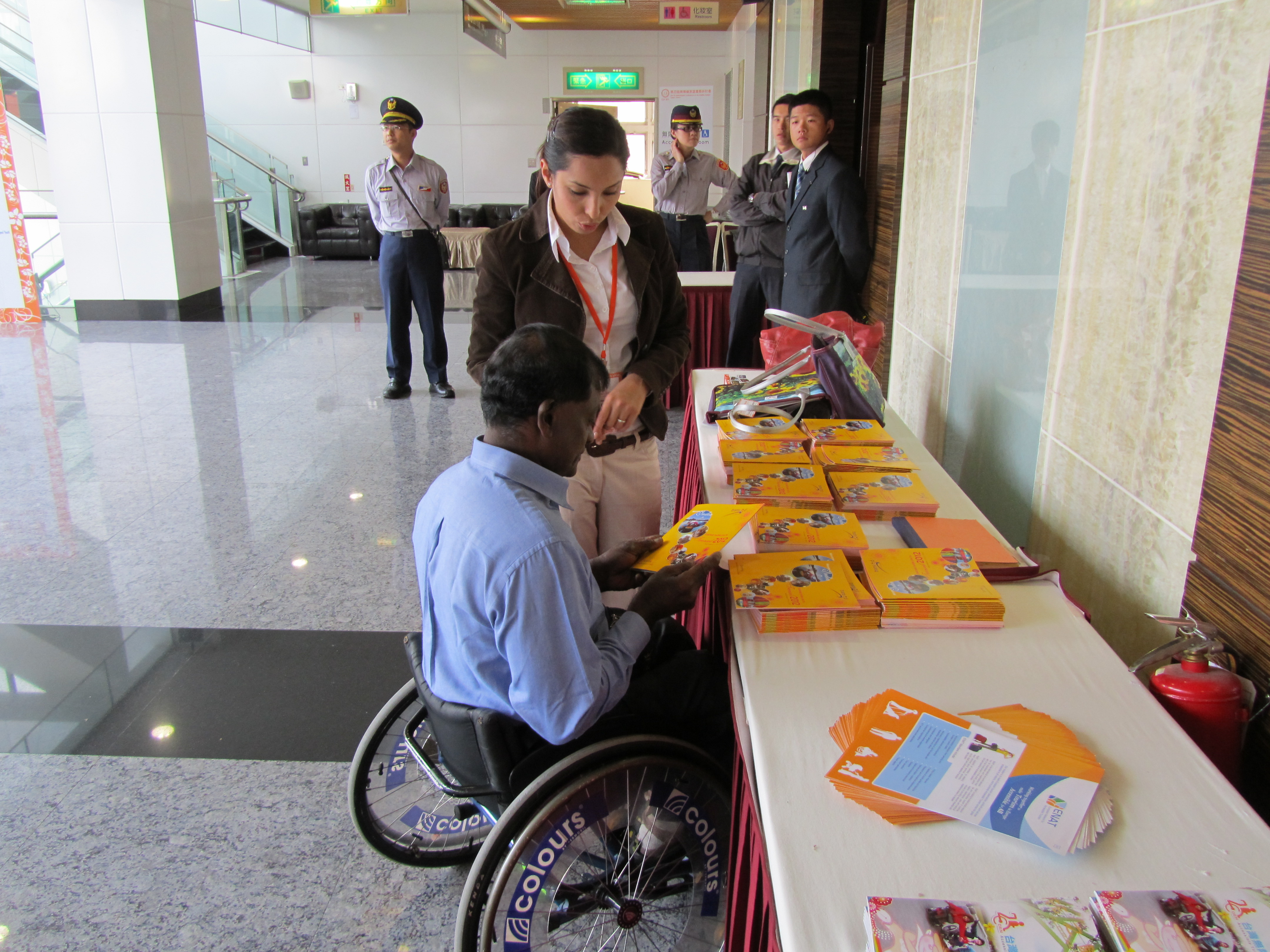Source: Travability Blogs
Australian First in Museum Access for Deaf Australians at the National Sports Museum
“Smart Auslan”Technology Developed by the Australian Communication Exchange
Melbourne, Australia: 4 May, 2011:
Deaf and hearing impaired Australians can now enjoy Australia’s first onsite access to Auslan and caption services at the National Sports Museum in Melbourne. The “Smart Auslan” technology was developed by not‐for‐profit organisation, Australian Communication Exchange (ACE), over an 18‐month partnership with the museum.
While hundreds of museums across Australia offer audio tours, only the National Sports Museum now offers the equivalent service for Deaf and hearing impaired Australians to gain easy access to the same information through a smartphone device.
Up until now, Deaf Australians have had to either pay for their own Auslan interpreter, or wait for a scheduled Auslan tour to fully appreciate the cultural experiences on offer at museums. With Smart Auslan on their device, they can now freely decide when and how they would like to visit museums adopting the technology.

“The Smart Auslan project with the National Sports Museum is a breakthrough in exhibition accessibility for Deaf and hearing impaired Australians,” said Sandy Gilliland, ACE Chief Executive Officer. “This partnership is part our ongoing commitment to deliver quality‐of‐life services today that will provide equal access to Deaf Australians. We see this as the first of many museums and galleries that will look to further cultural access for all Australians, by opening their doors wider for the Deaf and hearing impaired communities.”
Each year, approximately 150,000 people visit the National Sports Museum and listen to audio descriptions of iconic exhibitions. Smart Auslan provides Deaf and hearing impaired Australians with the same access to the museum display descriptions in Auslan sign language videos that can be accessed by scanning Quick Response (QR) codes with Android‐powered smartphones.
The museum will have six Android devices located for visitors to use or alternatively the application can be downloaded onto an Android smartphone from the ACE website.
Margaret Birtley, General Manager for the National Sports Museum: “This is such an exciting initiative and we are thrilled to be part of the launch of Smart Auslan in Australia. We are sure this new technology will provide our deaf and hearing impaired visitors with a more engaging experience at the National Sports Museum.”
ACE is a not‐for‐profit organisation which, for 16 years, has been at the forefront of communication solutions for Deaf, hearing impaired and speech impaired Australians. The organisation is constantly looking for new ways to meet the changing communication needs of its communities. Today’s technology and high speed internet makes it possible to design these new access tools that will overcome significant barriers for signing Deaf Australians. ACE is experienced in designing, delivering and promoting new communication solutions for this group. Our vision is Access to Communication for Everyone and we will continue to provide resources and expertise in this sector so our vision can be achieved.
About Australian Communication Exchange (ACE)
Australian Communication Exchange (ACE) is a national not‐for‐profit community organisation. ACE was established to facilitate equity of access to the telecommunications network for people who are Deaf, or have a hearing or speech impairment.
For further information about the Smart Auslan project with the National Sports Museum please visitwww.smartauslan.com.au or email info@smartauslan.com.au or phone 1300 133 968.
Background information when reporting about Deaf and hearing impaired Australians
There is a difference between capital “D” Deaf Australians and deaf or hearing impaired. Australians who use Auslan sign language as their first and preferred language identify with themselves as belonging to the Deaf community. Usually, this group have been deaf since birth or early childhood and were taught to sign at an early age. Auslan is recognised as a community language other than English, so for Deaf Australians learning English is akin to learning a second language.
Hearing impaired or hard of hearing people have either lost their hearing later in life or as children but followed an auditory‐oral approach. The children develop English speaking and listening skills with their residual hearing and do not usually use Auslan.
Smart Auslan is accessible to both these groups because the museum information has been translated into both Auslan sign language and English captions.

